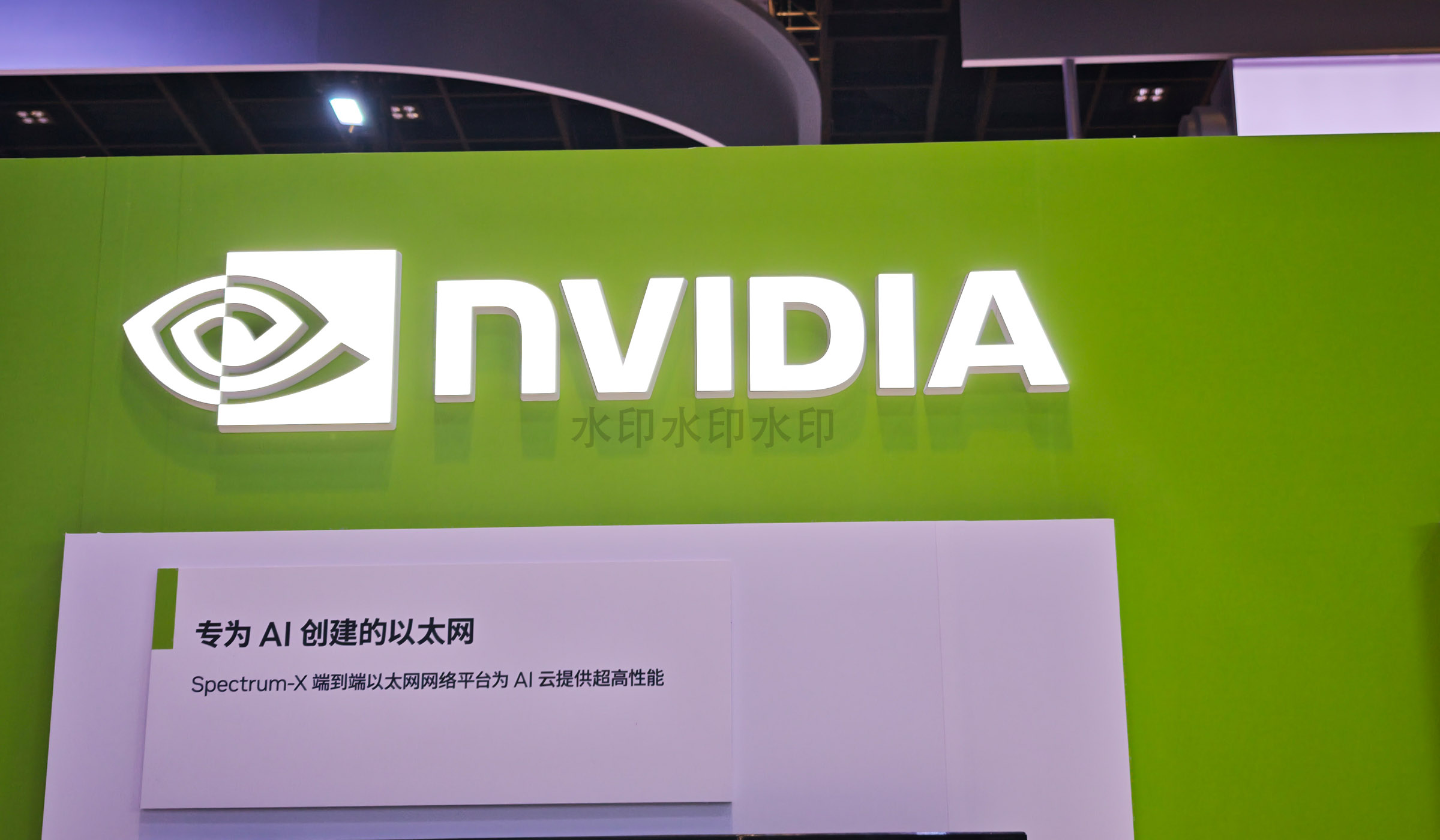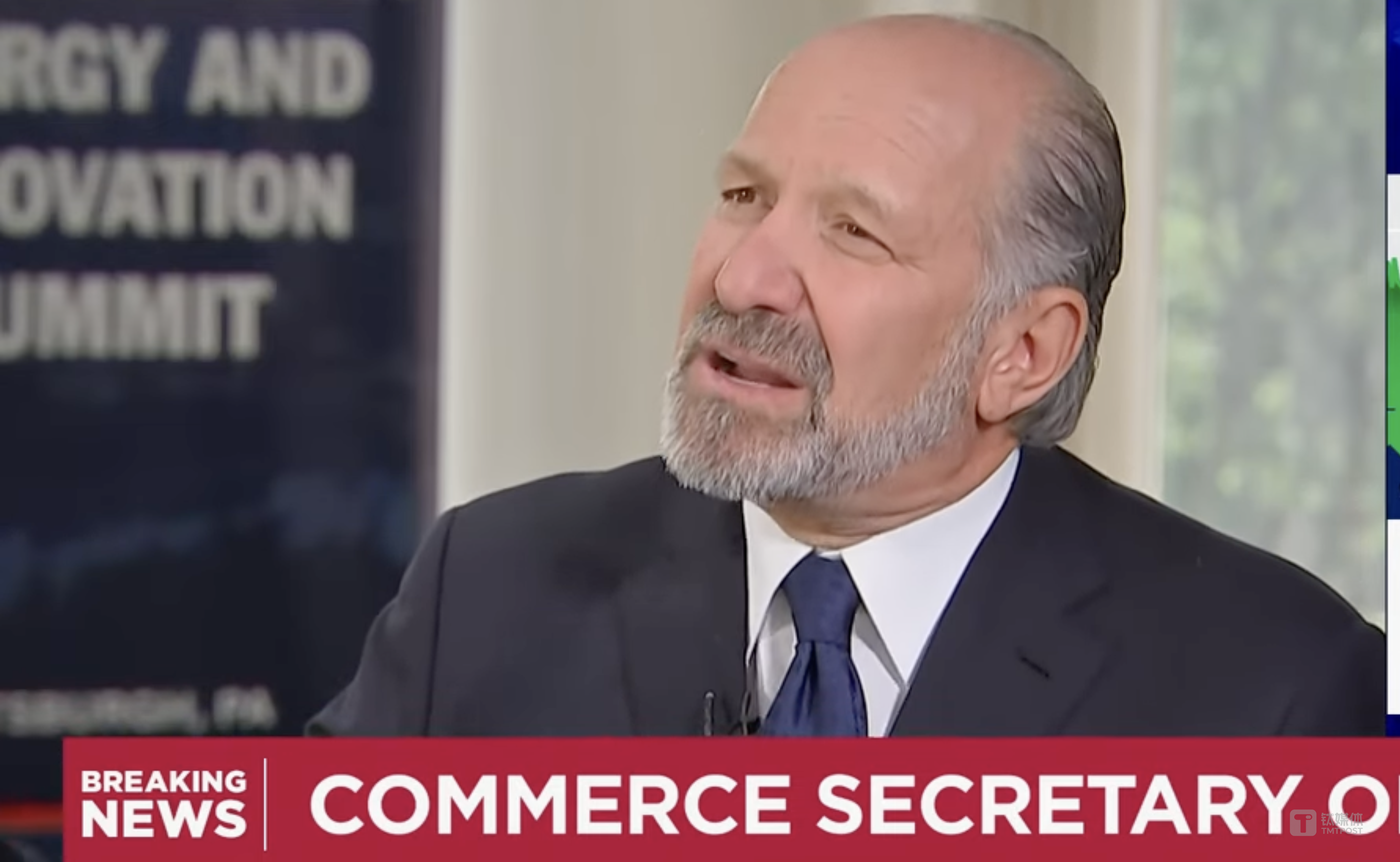
AsianFin -- The U.S. government has approved the export of downgraded AI chips from Nvidia and AMD to China, signaling a shift toward maintaining American technological influence in the world’s second-largest market — while ensuring China remains dependent on U.S. hardware and ecosystems.
On July 15, AMD said it had received notification that its license application to export MI308 chips — a custom AI accelerator for China — would move forward to the review stage. “We plan to resume shipments once the license is approved,” AMD said in a statement.
The announcement came shortly after Nvidia confirmed it was resubmitting its application to export the H20 GPU — a downgraded version of its Hopper architecture chip — and received U.S. government assurance that approval would be granted. The company also unveiled a China-specific RTX PRO GPU aimed at smart factories and logistics AI.
News of the dual export resumptions sent both companies’ shares higher. AMD surged 6.4%, boosting its market cap to $252.3 billion. Nvidia gained 4.1%, closing at $4.16 trillion. The two companies added more than $170 billion in combined value in a single trading day.

Chips-for-Rare Earths?
U.S. Treasury Secretary Scott Bessent tied the export decisions to progress made in recent trade talks between Washington and Beijing in London, calling it part of a “chips-for-rare-earths” framework. The deal came days after Nvidia CEO Jensen Huang met privately with President Donald Trump.
Commerce official Howard Lutnick explained the strategy in blunt terms: “We don’t sell them our best stuff — not our second best, not even third. Fourth-best is where we’ve landed, and we’re cool with that.”
Lutnick said the aim is to sell just-good-enough technology to Chinese firms to keep them “hooked” on the U.S. tech stack. “You want developers everywhere building on your stack. That’s how you dominate ecosystems,” he said.
The H20, launched in early 2024, complies with Biden-era export rules and is based on the older Hopper architecture. While significantly less powerful than the latest Blackwell chips, the H20 outperforms most domestic Chinese alternatives and supports Nvidia’s CUDA platform — making it the lowest-cost option for AI development in China.
The chip had been indefinitely banned for export to Chinese mainland and Hong Kong in April under the Trump administration, causing Nvidia to write down $4.5 billion in inventory and warning of full-year losses exceeding $15 billion. The latest reversal, however, only applies to existing stockpiles — no additional H20 production is planned.
Supply chain sources say major buyers must now submit detailed BIS applications and risk disclosures, with no restocking expected. One memo circulating among suppliers reads: “The H20 is only releasing inventory — sellout is the goal. Downgraded B-series replacements remain on track.”
AMD has been similarly affected. CEO Lisa Su previously said the MI308 export ban would cost the company $800 million in Q2 revenue and $1.5 billion for all of 2025. Now, with the export review process underway, shipments are expected to resume later this year.
Both companies’ China strategies reflect Washington’s intent to preserve dominance without empowering a rival. Bernstein analyst Stacey Rasgon summed it up: “If Nvidia can’t sell to China, you’re handing the AI market to Huawei.”
Nvidia is already preparing its next “compliant” chip for China. The B30 — based on the Blackwell architecture, stripped of NVLink, and offering 25% lower performance than the H20 — is set for a September launch.
Priced at $6,000 to $8,000 per unit, the B30 is 30% more power efficient and 40% cheaper than the H20, making it ideal for inference workloads and small- to mid-scale model deployments. Nvidia has already secured $1 billion in B30 orders from Chinese internet companies, with deliveries set to begin in August.
Despite its weaker specs, the B30 still beats most domestic chips and leverages Nvidia’s deep software moat. The company is reportedly planning to ship several million units by year-end, targeting China’s booming AI demand with low-cost solutions.
The policy shift is a major setback for Chinese GPU hopefuls such as Moore Threads and Metax. Between 2022 and March 2025, Metax generated just $155 million in revenue but racked up $456 million in net losses. Moore Threads earned $84 million in the same period and posted $690 million in cumulative losses.
Both firms remain years behind Nvidia and AMD in hardware maturity, developer tools, and systems integration. Analysts say the influx of U.S.-approved chips could further squeeze margins and delay domestic adoption.
Still, China’s AI chip market is growing fast. According to Frost & Sullivan, it will expand from $19.7 billion in 2024 to $185 billion by 2029, with GPUs accounting for over 77% of that growth. China’s share of the global GPU market is projected to climb from 30.8% to 37.8% over the same period.
But U.S. players still dominate. Nvidia and AMD command over 80% of the global GPU market and have built massive developer ecosystems around their platforms. “We are living in a world of one superpower and one strong challenger — Nvidia and AMD,” said Muxi Co., a Chinese GPU firm.
Jensen Huang has long argued that China is too important to ignore. “In the next few years, the Chinese AI market could be worth $50 billion,” he said. “If we walk away, it’s not just a revenue loss — we lose our tax base, our jobs, and our leadership.”
On a July 15 podcast, Huang reiterated: “China is our competitor, not our enemy. If the U.S. wants to lead the AI revolution, we need developers everywhere to build on our stack.”
That may explain the U.S.’s new balancing act: sell enough chips to retain dominance — just not the kind that might enable China to rival it.







